As global temperatures continue to rise and extreme weather events become more frequent, our feathered friends face increasing challenges during heatwaves. Birds, with their high metabolic rates and lack of sweat glands, are particularly vulnerable to heat stress and dehydration. When temperatures soar, these creatures must work harder to regulate their body temperature, often with limited resources. This comprehensive guide explores practical, effective, and sometimes surprising ways we can help birds survive during periods of extreme heat, turning our yards and communities into life-saving oases for avian wildlife when they need it most.
Understanding How Heat Affects Birds

Birds face unique physiological challenges during heatwaves that many people don’t realize. Unlike mammals, birds don’t sweat, which means they lack our primary cooling mechanism and must rely on alternative methods like panting and holding their wings away from their bodies to dissipate heat. Their small size and high metabolic rate mean they can overheat quickly, sometimes in just minutes under extreme conditions. Additionally, birds’ normal body temperature runs higher than humans—typically around 105°F (40°C)—leaving them with a narrower margin of safety before heat becomes life-threatening. Understanding these biological realities helps underscore why our intervention during heatwaves isn’t just helpful but potentially crucial for bird survival.
Water: The Most Critical Resource
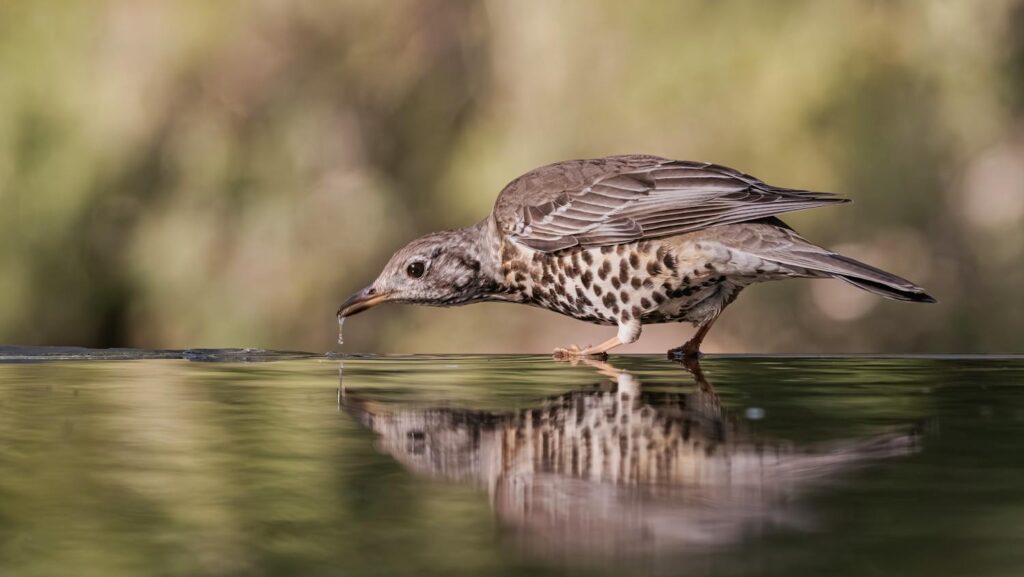
During a heatwave, providing clean, fresh water becomes the single most important action you can take to help birds survive. Beyond drinking, birds use water for bathing, which helps them regulate their body temperature through evaporative cooling when water evaporates from their feathers. Bird baths should be shallow (no deeper than 2-3 inches at the deepest point) with gradually sloping sides to accommodate birds of different sizes. Place multiple water sources around your property at different heights and locations to serve various species and reduce competition. Most importantly, during extreme heat, check and refresh water sources at least twice daily, as water evaporates quickly and can become dangerously hot in direct sunlight.
Creating Bird Bath Cooling Stations
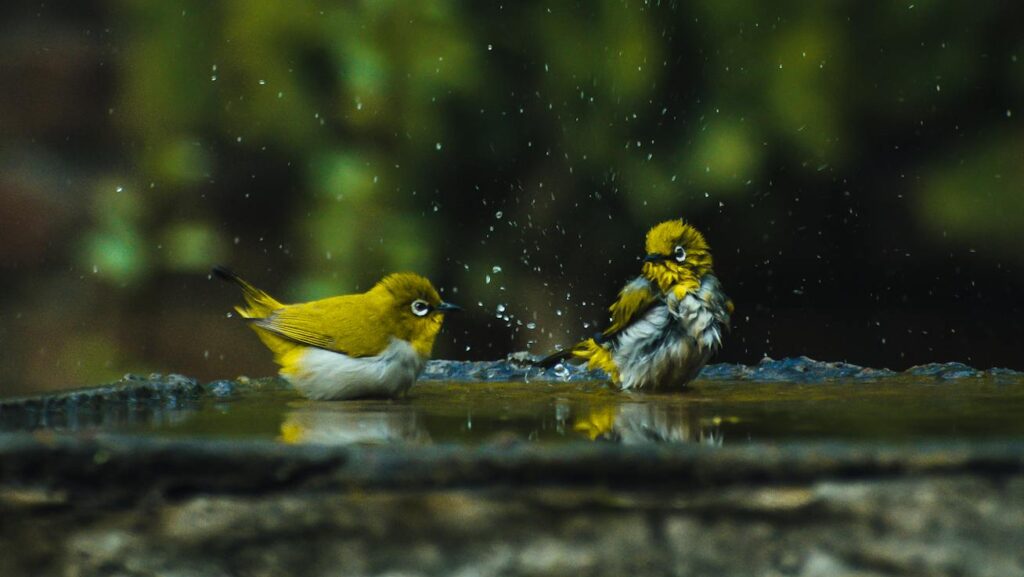
Transforming a standard bird bath into a cooling station can provide exceptional relief during heatwaves. Add large, clean stones or ceramic tiles to your bird bath to create landing platforms just below the water surface where smaller birds can stand without fully immersing themselves. For extra cooling power, freeze water in shallow containers like pie tins overnight and float these “ice rafts” in your bird bath during peak heat hours—they’ll maintain cooler water temperatures for several hours. Some bird enthusiasts have found success with solar-powered fountain attachments that keep water moving, preventing it from heating up while also attracting more birds with the sound of splashing water. Remember to position your cooling station in a location that receives morning sun but afternoon shade for optimal temperature management.
Misting Systems: A Bird’s Best Friend
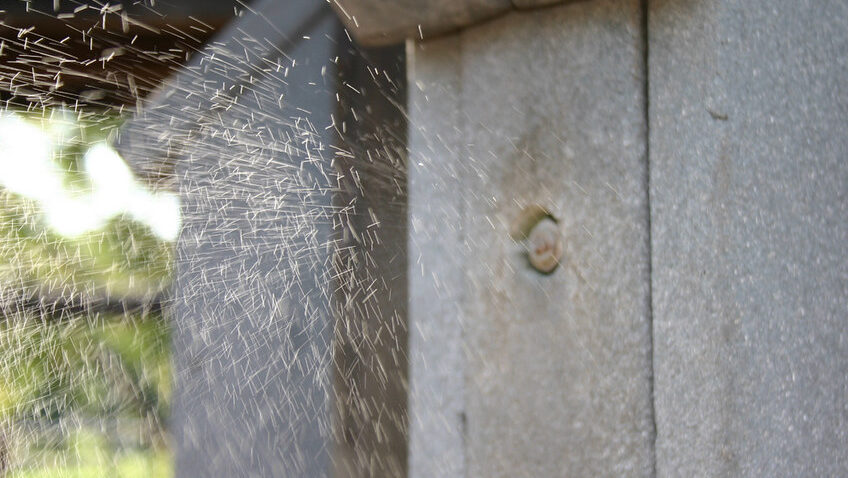
Misting systems represent one of the most effective cooling methods for birds during extreme heat events. These systems create a fine spray of water droplets that birds can fly through, instantly cooling their feathers and providing drinking opportunities as they catch droplets in their beaks. A simple garden hose with a misting nozzle attached to a shepherd’s hook or tree branch can create an attractive cooling zone that birds will quickly discover and frequent. Automatic misters can be set on timers to activate during the hottest parts of the day, conserving water while maximizing benefit. Position misters near shrubs or trees so birds have safe perches nearby where they can rest and preen after enjoying the cooling mist, but be careful not to create mud puddles underneath that might attract predators.
Providing Emergency Shade
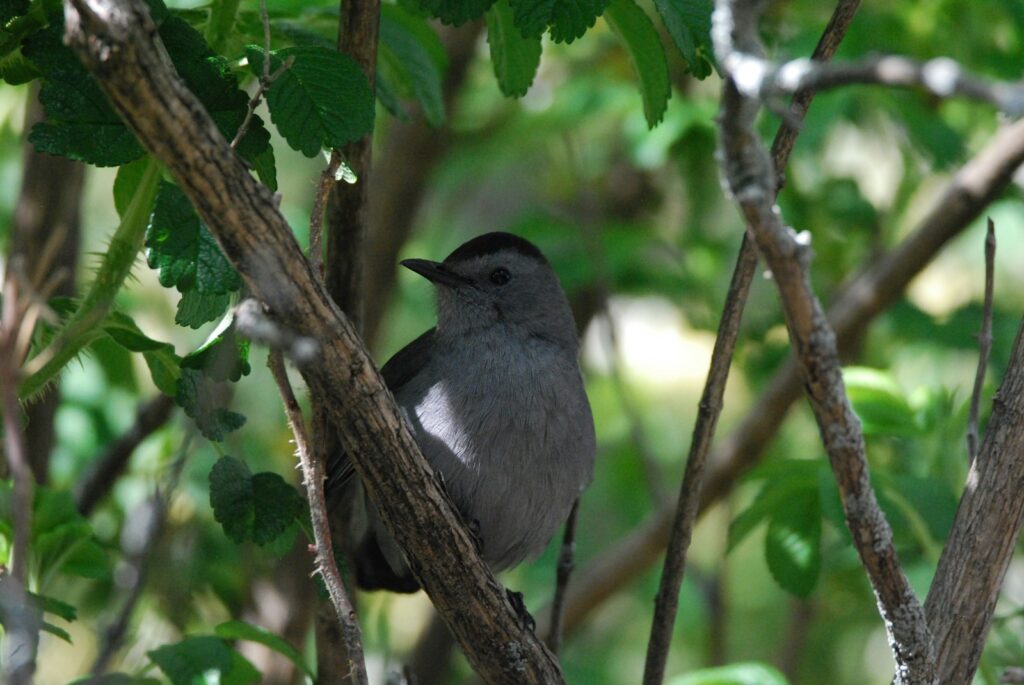
During heatwaves, natural shade becomes premium real estate in the bird world, and you can supplement these areas by creating additional shaded microhabitats. Strategically hang shade cloths, old sheets, or specialized sun-blocking fabrics over portions of your yard, particularly above bird feeders or baths that might otherwise be exposed to direct sun. Consider installing temporary canopies or umbrellas in key locations that can be easily moved as the sun shifts position. Natural shade solutions like climbing plants on trellises or strategically placed potted plants with broad leaves can create cooler microclimates while enhancing your garden aesthetics. For smaller spaces like balconies or tiny yards, even hanging basket arrangements can provide pockets of shade where birds can retreat during peak heat.
Optimal Feeder Placement During Heat
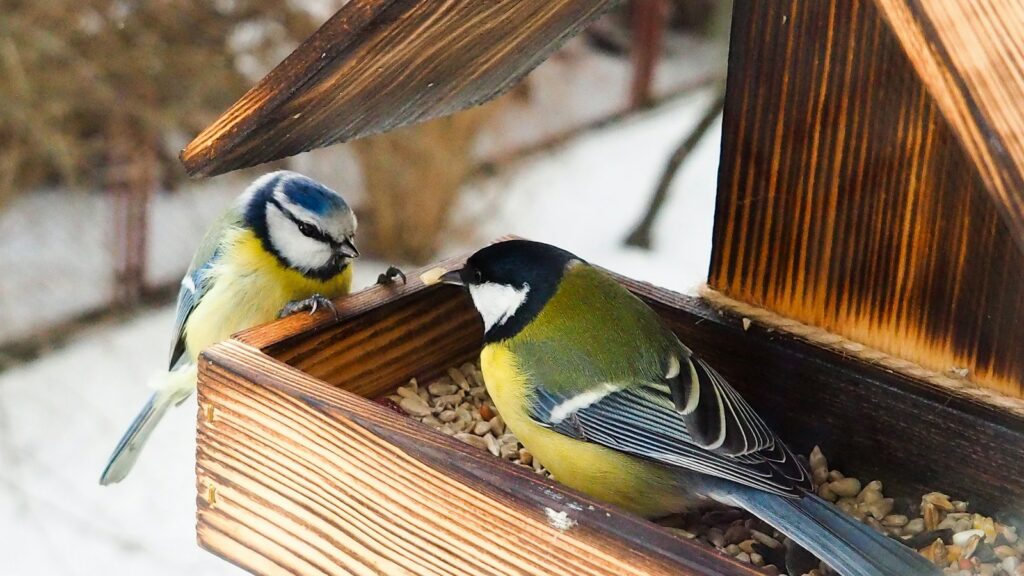
During heatwaves, the location of your bird feeders becomes even more critical than usual. Relocate feeders to naturally shaded areas where morning feeding is possible but afternoon exposure to direct sun is minimized. Avoid placing feeders on metal poles or hooks that can become dangerously hot to the touch, potentially burning birds’ feet when they land. Consider hanging feeders under eaves, pergolas, or large tree canopies that provide consistent shade throughout the day’s hottest hours. If natural shade isn’t available, create artificial shade directly above feeders using umbrellas or shade cloths while ensuring good airflow. Remember that birds are most active during early morning and late evening during extreme heat, so ensuring feeders are well-stocked during these cooler periods is particularly important.
Heat-Friendly Food Options

During heatwaves, birds’ nutritional needs change slightly, and certain foods offer better support than others. Fresh fruits with high water content like watermelon chunks, berries, or apple slices provide both nutrition and hydration simultaneously. Reduce offerings of high-fat foods like suet, which can spoil quickly in heat and require more metabolic energy to digest, putting additional strain on birds already stressed by high temperatures. Mealworms (live or dried) provide excellent protein without requiring much digestive energy and can be soaked in water for additional hydration benefits. Perhaps most importantly, use smaller feeders filled less frequently rather than large feeders filled to capacity to prevent seed from spoiling or becoming moldy in the heat and humidity.
DIY Cooling Perches
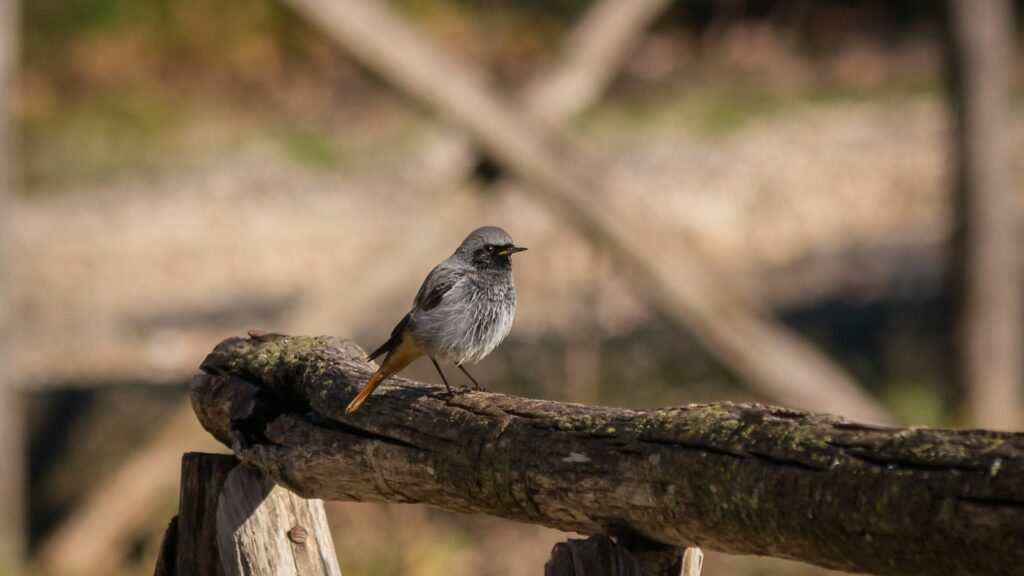
Creating specialized cooling perches offers birds respite from scorching temperatures with minimal investment. Refrigerate or freeze dampened washcloths or small towels, then drape them over branches, deck railings, or specialized perch areas near feeding stations. Terra cotta or ceramic plant saucers soaked in water and placed in shaded areas make excellent cooling stations as the porous material stays cool through evaporation. For a longer-lasting option, fill plastic bottles with water and freeze them, then secure them horizontally (using wire or twine) near popular perching spots where birds can press against them to cool down. Some bird enthusiasts have created successful cooling perches by threading copper pipes through frozen water bottles and mounting them in shaded areas—the metal conducts cold efficiently while providing stable perching surfaces.
Nighttime Considerations
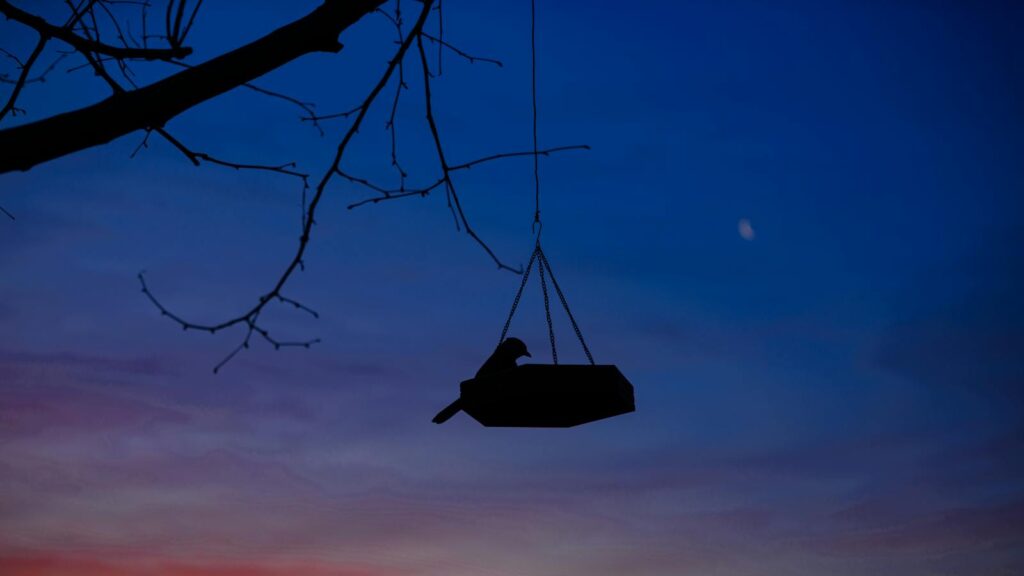
While daytime heat garners most attention, birds also struggle during hot nights when temperatures remain elevated, preventing them from recovering from daytime heat stress. Create accessible roosting spots in well-ventilated areas like open-sided birdhouses, brush piles, or dense shrubs where cooler air can circulate. Keep water sources accessible overnight, as birds may wake to drink during particularly hot nights. Consider installing ceiling fans on covered porches or gazebos where birds might roost, as the gentle air movement can significantly reduce the ambient temperature. During extended heatwaves, some wildlife rehabilitators recommend leaving battery-operated fans near known roosting sites, positioned to create gentle air movement without blowing directly on sleeping birds.
Recognizing Heat Stress in Birds

Knowing the signs of heat stress in birds can help you identify when intervention might be necessary. Birds suffering from heat stress typically hold their wings away from their bodies, pant heavily with their beaks open, and may appear unusually lethargic or unresponsive to potential threats. In severe cases, birds may lose coordination, appear disoriented, or be found on the ground unable to perch properly. Dark-colored birds and larger species tend to show signs of heat stress earlier than lighter-colored or smaller birds. If you find a bird displaying these symptoms in an exposed area, carefully moving it to shade and providing access to water (without forcing it to drink) can be life-saving while you contact a local wildlife rehabilitator for further guidance.
Community-Wide Bird Relief Efforts
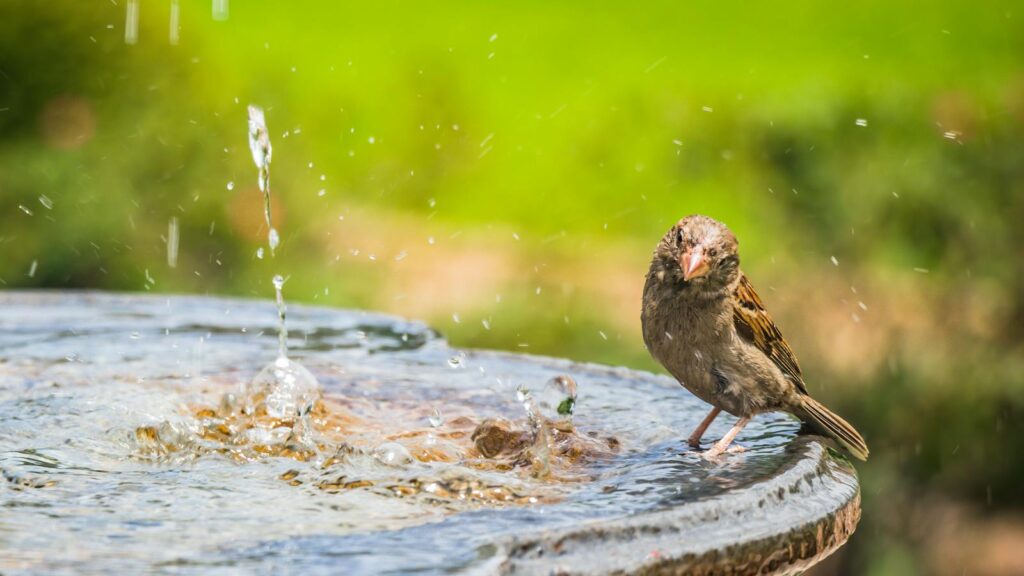
Extending bird-cooling efforts beyond your property can create neighborhood-wide relief during extreme heat events. Organize a community water station network where neighbors commit to maintaining bird baths or cooling stations at regular intervals throughout the neighborhood, creating a connected series of relief points. Partner with local parks departments to temporarily install misters or bird baths in public spaces during heatwaves. Community education efforts like social media campaigns or neighborhood flyers explaining simple ways to help birds during heat can multiply your impact exponentially. Consider organizing a “bird relief supply share” where neighbors can exchange extra equipment like solar fountain pumps, misting systems, or shade cloths to maximize resources during critical periods.
Heat-Resistant Landscaping for Long-Term Bird Support

While immediate interventions are crucial during heatwaves, designing your landscape with heat resistance in mind provides longer-term support for bird populations. Plant native trees and shrubs with dense foliage that create natural cooling microclimates and provide both shade and natural food sources. Incorporate plants with large leaves that hold morning dew longer, providing natural water sources. Tiered plantings with various heights create different temperature zones, allowing birds to find their comfort level as heat conditions change throughout the day. Consider installing permanent water features like small ponds or streams with recirculating pumps that maintain cool, moving water even during extreme heat events, creating bird-supporting oases that require minimal intervention during future heatwaves.
Scientific Research and Citizen Science Opportunities
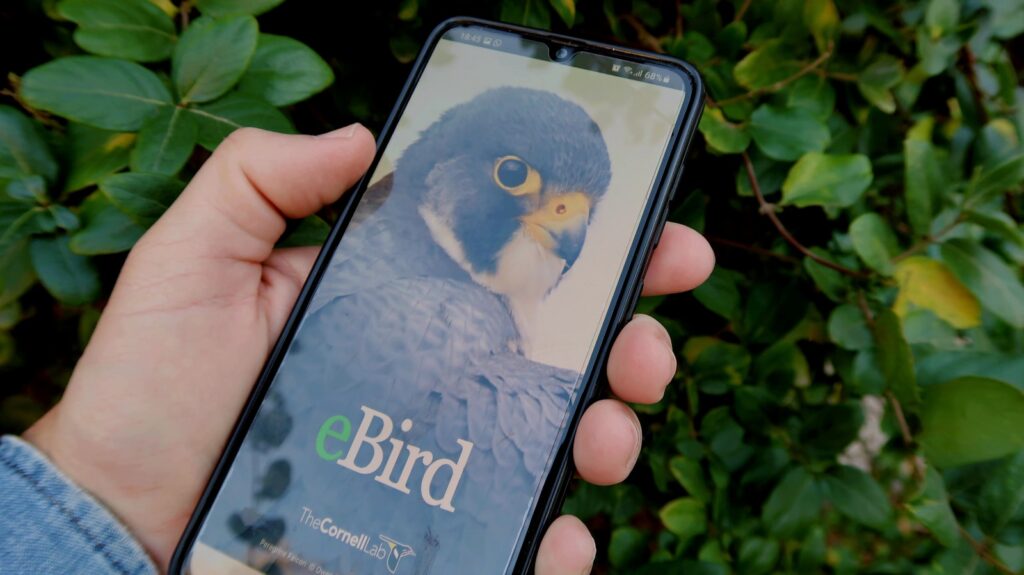
Contributing observations during heatwaves not only helps birds in your area but adds valuable data to scientific understanding of how climate change affects bird populations. Programs like the Cornell Lab of Ornithology’s eBird platform allow you to document which species visit your cooling stations and at what frequencies during heat events, helping researchers track behavioral adaptations. The National Audubon Society’s Climate Watch program specifically monitors how birds respond to climate change, including extreme heat events. Some local wildlife agencies request reports of heat-stressed birds to help identify vulnerable populations or species. These citizen science contributions become particularly valuable during unprecedented heat events, providing real-time data that might otherwise be impossible for researchers to collect across wide geographic areas.
Conclusion
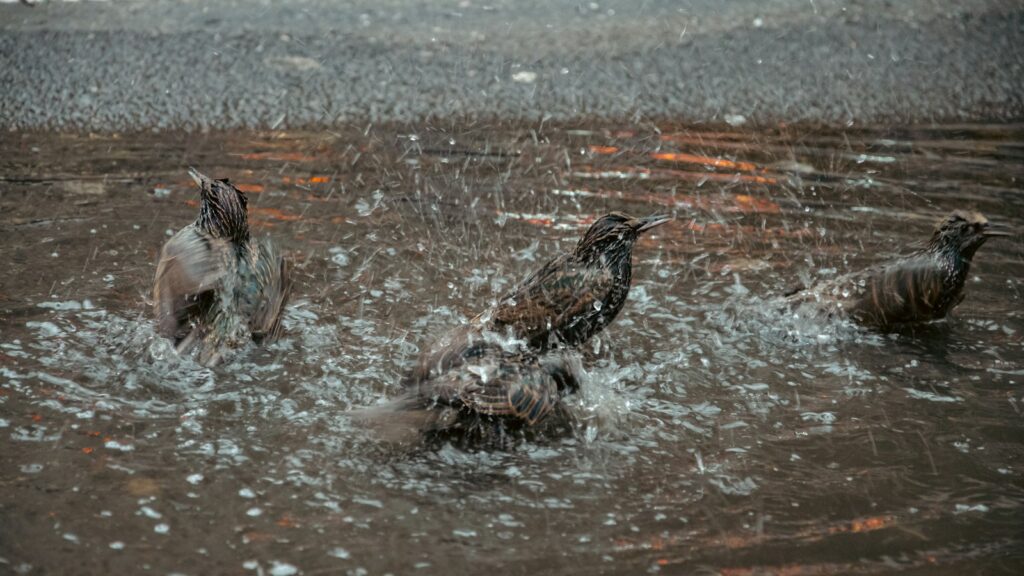
When extreme temperatures threaten our avian neighbors, these interventions can literally mean the difference between life and death. By understanding birds’ specific cooling needs and implementing these targeted solutions, we become vital allies in their survival. As climate change makes heatwaves more common and severe, these bird-helping strategies will only grow in importance. The most effective approach combines immediate relief measures with longer-term habitat improvements that build resilience in local bird populations. With thoughtful preparation and timely action, we can create life-sustaining sanctuaries for birds during the most challenging weather events, strengthening the fascinating web of wildlife that enriches our communities.
